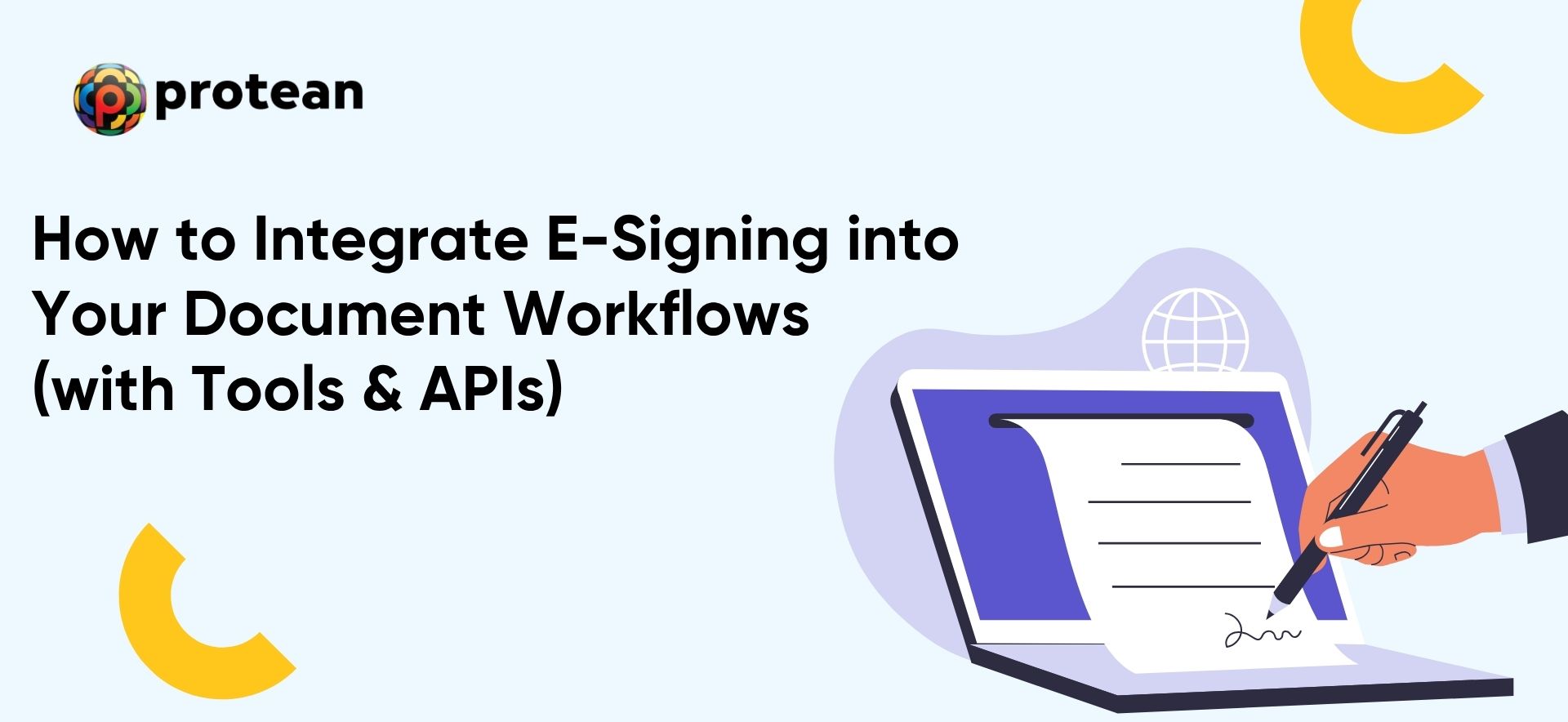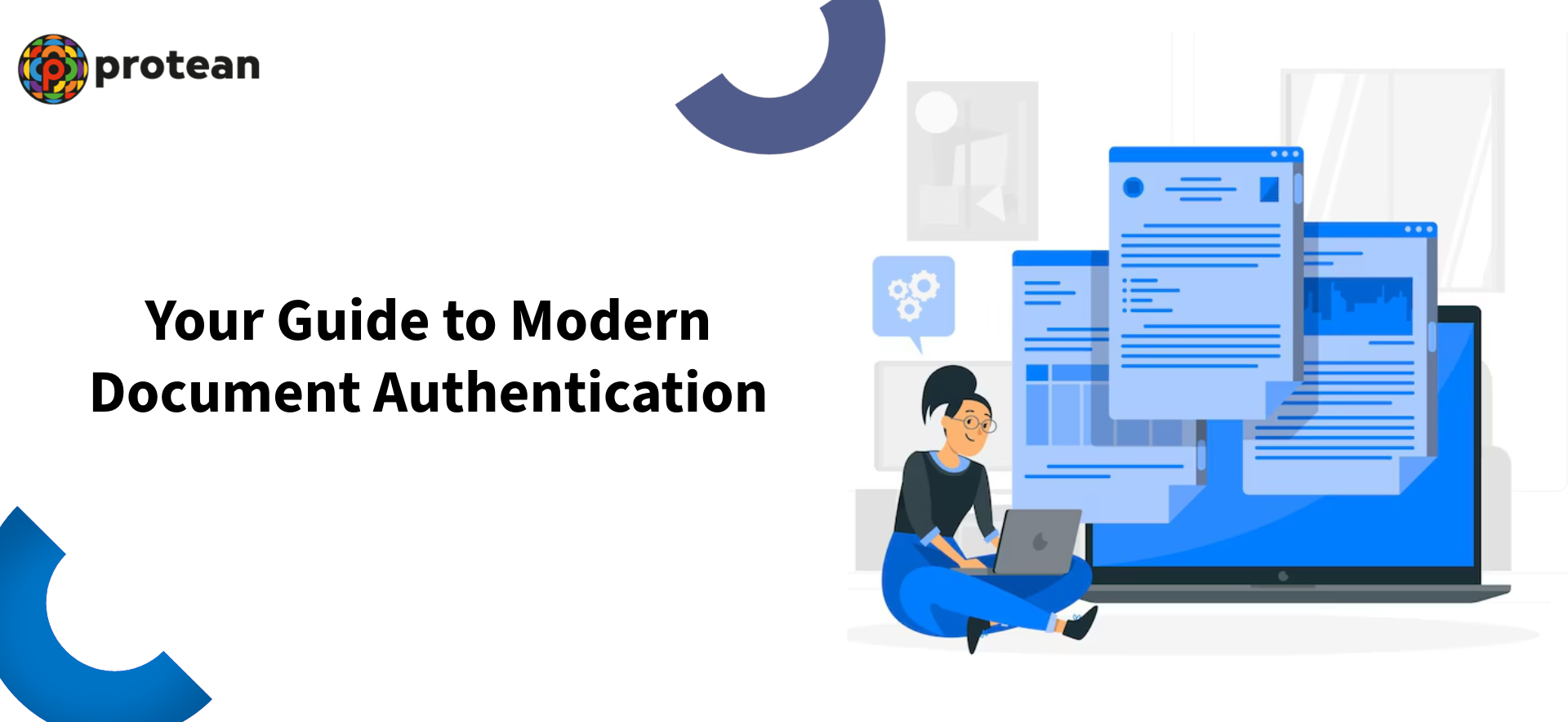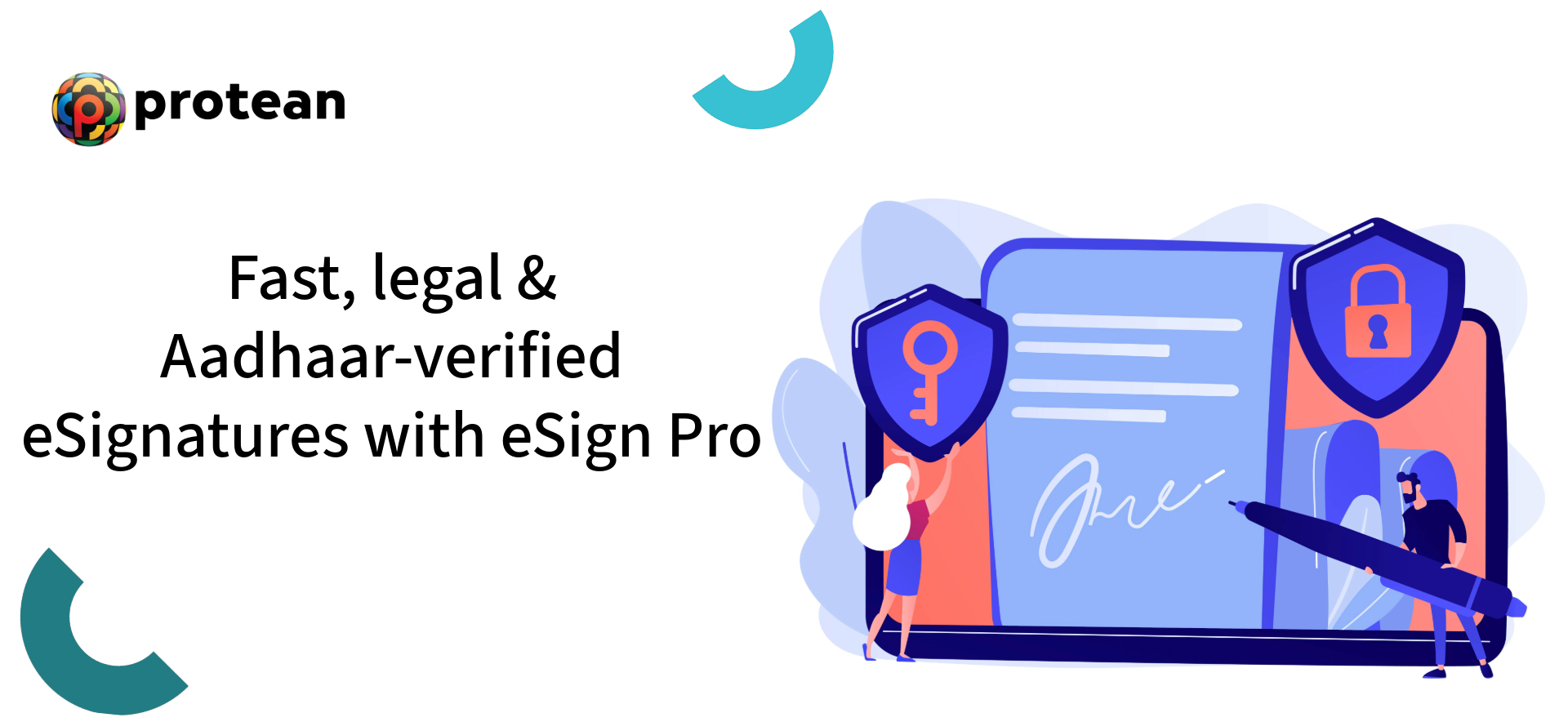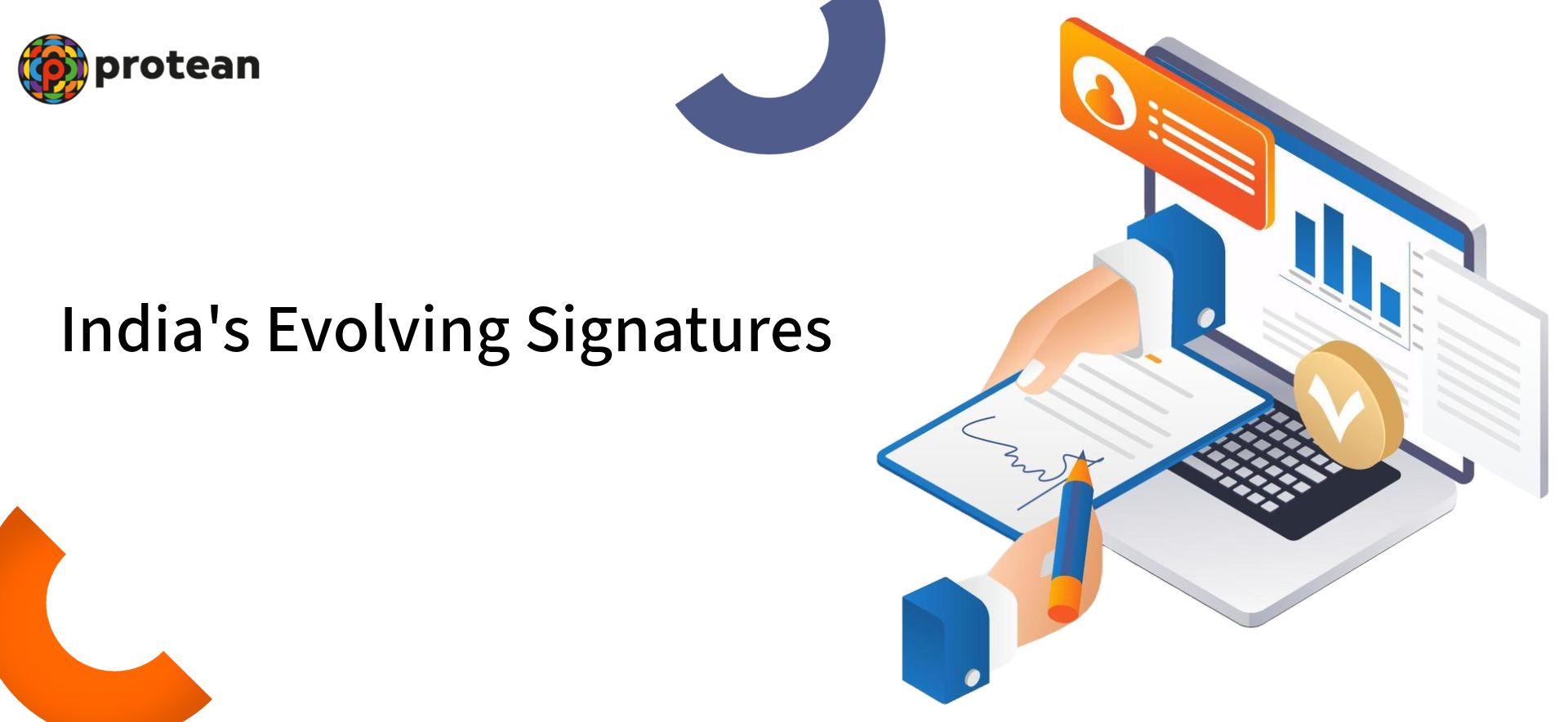Blog
How to Integrate E-Signing into Your Document Workflows (with Tools & APIs)
In an increasingly digital-first environment, businesses across India are looking for practical ways to cut down paperwork, speed up approvals, and create seamless workflows. A key part of this transformation is integrating e-signature online solutions into everyday document processes.
Whether you run a small business or manage operations in a large organisation, adopting e-signatures can simplify tasks that usually take days. This blog explains how you can integrate e-signature documentsinto your workflows using tools and APIs, and how online signature verification ensures security at every step.
Why E-Signing Integration Matters for Modern Workflows?
Many businesses have already gone digital with emails, CRM systems, and cloud storage. However, document signing still lags in several cases, especially when physical signatures are still in use.
Integrating e-signature online tools allows teams to:
- Finalise contracts without physical meetings.
- Reduce manual paperwork and storage costs.
- Accelerate turnaround times for HR, sales, legal, and finance departments.
- Maintain secure and trackable approval trails.
- Enable remote and hybrid working.
For Indian businesses dealing with distributed teams and clients across cities, the ability to send and sign documents digitally is a serious productivity boost.
| Also Read: Choose the right eSignature |
Understanding E-Signature Tools and APIs
Before jumping into the technical side, it’s essential to understand the difference between standalone e-signature tools and API-based integrations.
1. E-Signature Tools (Web-based platforms)
These are ready-to-use platforms where you upload a document, add signer details, and send it for signing. They’re ideal for quick use cases without development support.
2. E-Signature APIs
APIs allow you to embed signing capabilities directly into your existing systems—whether it's a CRM, HRMS, or custom software. This approach offers better control, scalability, and automation for high-volume workflows.
Step-by-Step Guide to Integrating E-Signing
Here’s a simplified roadmap for integrating e-signatures into your current workflow:
Step 1: Identify Use Cases
Map out where your teams currently need signatures. Common examples include:
- Employee onboarding forms
- Sales contracts
- Procurement approvals
- NDA agreements
- Internal policy documents
Step 2: Choose the Right Platform or API
Look for a solution that:
- Supports online signature verification
- Complies with Indian regulations
- Offers flexibility for both individuals and teams
- Allows bulk signing if needed
- Can integrate with the tools you already use
Step 3: Set Up Workflows
Using templates and automation, configure how your e-signature documents move from one party to another. Define who signs first, where reminders are sent, and how final copies are stored.
Step 4: Integrate with Your Existing Tools
If you’re using APIs, your development team can embed signing into your app, website, or management system. Most API providers offer detailed documentation and sample code.
Step 5: Train Your Team
Rolling out any new digital process requires some handholding. Ensure teams are trained to:
- Create and send documents correctly
- Use e-signature online tools from both desktop and mobile.
- Understand how online signature verification protects data integrity.
| Also Read: Top eSignature Features |
Benefits of Automating E-Signature Workflows
When done right, e-signature integration can completely transform document handling. Here are some advantages that businesses often experience:
- Faster turnaround on contracts and approvals.
- Lower risk of lost or tampered documents.
- Complete visibility into who signed and when.
- Better recordkeeping through digital logs.
- Support for remote signing across devices.
Whether your business is based in Mumbai, Delhi, Bengaluru or a smaller city, digital signing makes it easier to manage clients, vendors, and employees without delays.
Ensuring Secure Online Signature Verification
Security remains one of the biggest concerns when shifting to digital processes. Fortunately, most modern e-signature online tools use:
- Two-factor authentication (e.g., email + OTP)
- Digital audit trails
- Certificate-based verification
- Tamper-proof PDF encryption
For sensitive documents, you can also opt for verified signatures linked to government-issued IDs or Aadhaar.
| Also Read: Digitally sign documents |
Conclusion
Integrating e-signature documents into your workflows is not just about speed. It’s about rethinking how your business handles agreements, permissions, and approvals in a modern, hybrid world. By choosing the right tools or APIs and training your team, you can streamline your entire process and focus more on growth than paperwork.
Adopting online signature verification ensures that every step stays secure, trackable, and legally valid, making the shift not only efficient but also reliable. Trusted platforms like Protean eSign Pro offer API-ready solutions that simplify this integration for Indian businesses.
Frequently Asked Questions
1. Can e-signatures be used for official documents in India?
Yes, electronic signatures are legally recognised under the IT Act, 2000. They can be used for signing contracts, agreements, and HR documents.
2. How do I ensure that e-signature documents are secure?
Most platforms provide online signature verification, encryption, audit logs, and two-step authentication to protect the integrity of your documents.
3. Can I integrate e-signatures into my own website or app?
Yes, several platforms offer APIs that allow you to embed e-signature functionality into your existing software systems or websites.
4. Is it possible to track who signed a document and when?
Absolutely. E-signature tools generate a digital trail that records each step, including timestamps, IP addresses, and verification details.
5. Do users need technical knowledge to sign documents online?
Not at all. Signing through e-signature online tools is as simple as clicking a link and verifying your identity, often with an OTP sent to your mobile.






